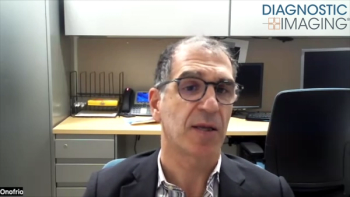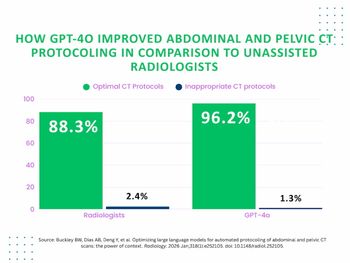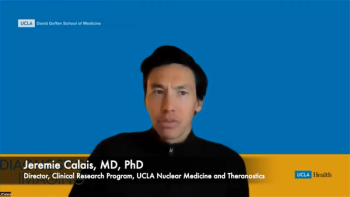
Who’s Reading Your Second Opinions?
A recent study reveals referring providers do not always read requested second opinions.
Are you sure that referring provider who asked you to be a second pair of eyes on a particular patient’s imaging study actually read the report you sent? If you said “yes,” do not be so sure.
In a new study published recently in the
“This potentially reversible waste of healthcare resources is cause for concern,” said the research team led by Sabine A. Heinz, a radiologist with the University Medical Center Groningen. “Our study has exposed the non-negligible magnitude of this issue; therefore, it should be taken seriously by healthcare policymakers, including governmental bodies and insurance companies.”
Overall, in the United States, requests for second opinions are climbing, Heinz’s team noted. Between 2003 and 2016, these readings have risen from 4.3 percent to 35.7 percent. At the team’s individual practice in the Netherlands, though, second-opinions have ballooned by approximately 150 percent over the past five years. But, given that uptick, the team was curious about whether all of those reports were being reviewed.
To make that determination, they retrospectively reviewed 4,696 consecutive second-opinion reports that were requested by sub-specialists. They found 537 – 11.4 percent – went unread. Based on the average cost of a second-opinion reading and how much time it usually takes, the impact of those bypassed reports was $63,427 and 134.25 radiologist work hours.
“Although these numbers appear modest, they pertain to a single institution during a one-year time period,” the team said. “Cumulative nationwide figures would raise these totals, possibly substantially.”
It is also possible, they said, since opening a report in the electronic medical record does not necessarily mean the referring provider read it, the true number of unread scans could be much higher.
The team also found that the unread second opinions most frequently fell into four categories:
- Inpatient status
- Ultrasound as the imaging modality
- Surgery or neurology as the requesting physician
- Interventional radiologist as the provider authorizing the second-opinion report
Ultimately, the team concluded, if providers remember that a considerable amount of second-opinion reports go unread, they could make an impact on unnecessary imaging and healthcare waste.
“If sub-specialty radiologists and clinicians take proven determinants into account,” they concluded, “the amount of second opinion readings with limited additional clinical value may be reduced.”
Newsletter
Stay at the forefront of radiology with the Diagnostic Imaging newsletter, delivering the latest news, clinical insights, and imaging advancements for today’s radiologists.




























